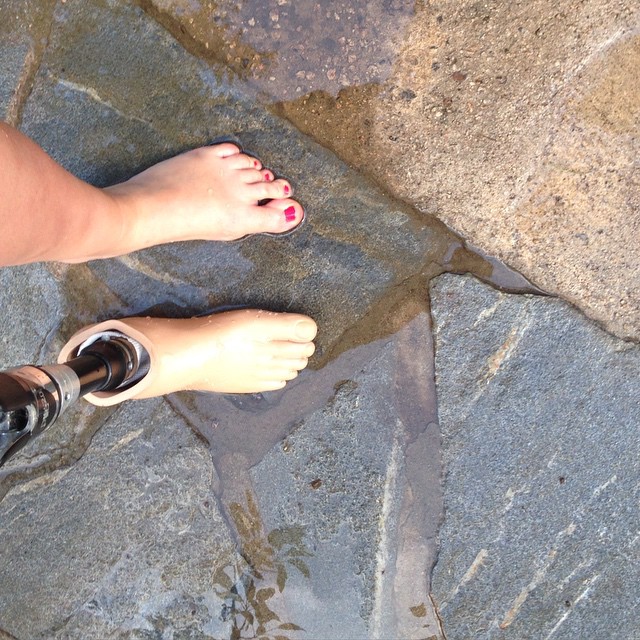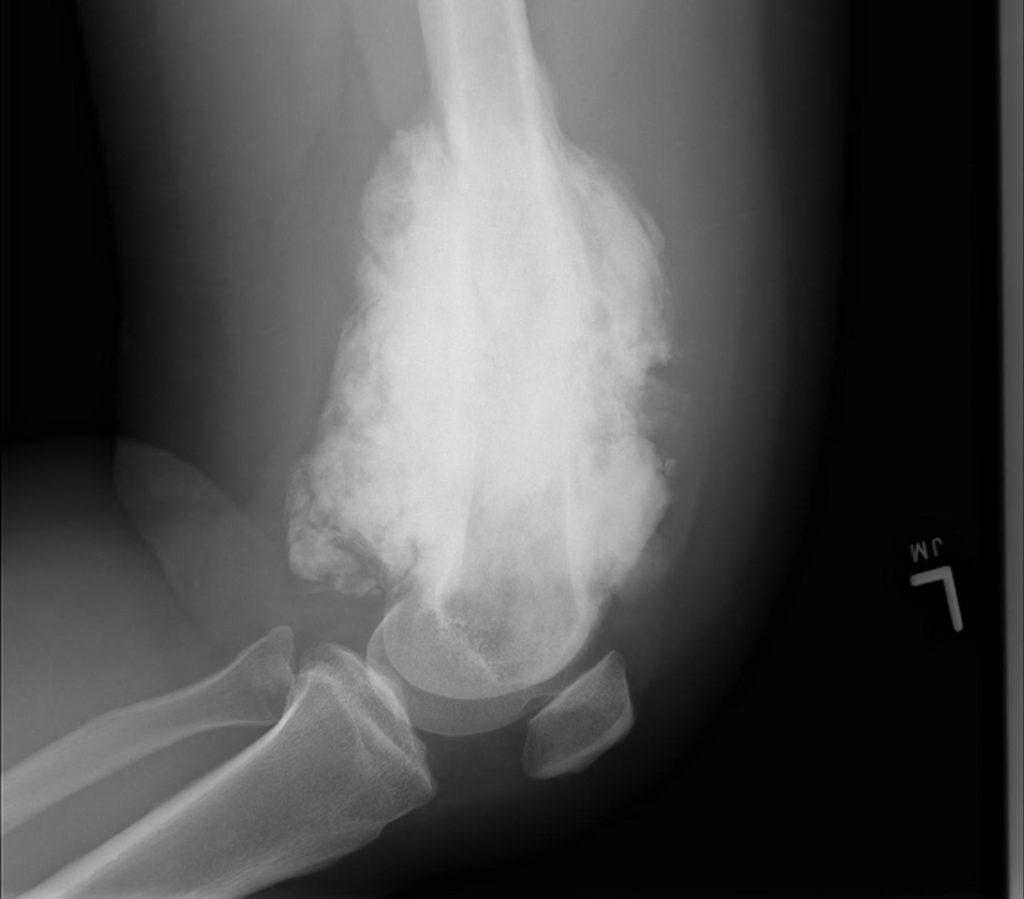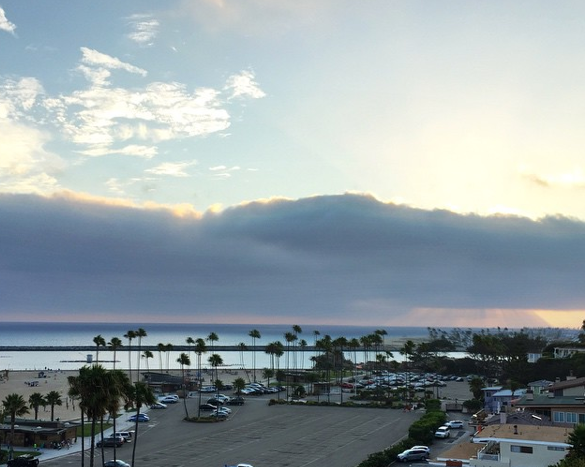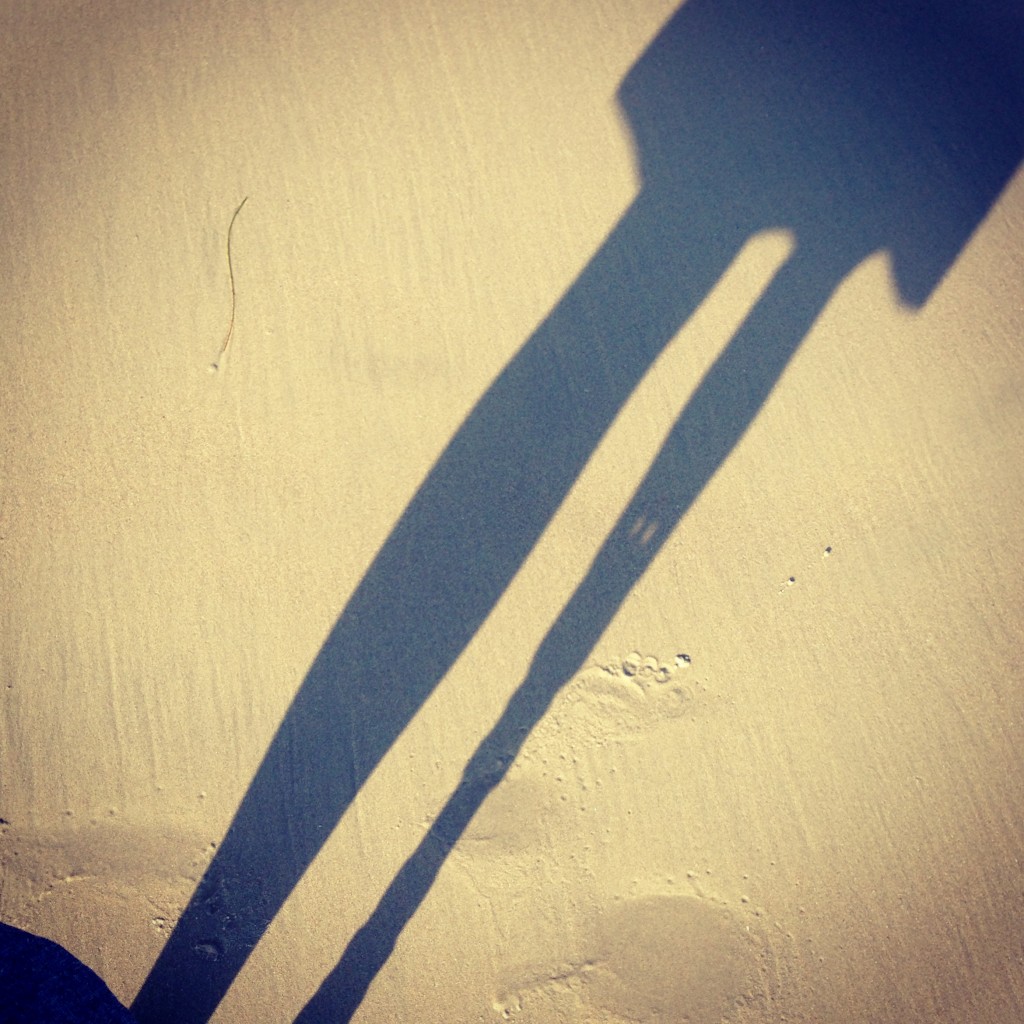 While boarding a plane in Dallas last week a man stopped me and asked if I was an amputee. This question, asked by a stranger, often makes me wary. My reflex is to cut off contact with the stranger as soon as possible because it’s my experience that I will then be stuck listening to that person tell me about every amputee that they know and about every news story that they’ve seen about amputee Olympians.
While boarding a plane in Dallas last week a man stopped me and asked if I was an amputee. This question, asked by a stranger, often makes me wary. My reflex is to cut off contact with the stranger as soon as possible because it’s my experience that I will then be stuck listening to that person tell me about every amputee that they know and about every news story that they’ve seen about amputee Olympians.
This time, though, went a bit different. Rather than explaining his question, he pulled up his pantleg and showed me his hardware. We were two of a kind. We spoke in our own lingo, confirmed that we were both RAKs and started talking technology. He has the latest and greatest knee, one that I will never qualify for because they are only available to ex-military. I had to stifle the urge to run my hand along his calf as I admired the sleek look of his knee and ankle joints.
We walked on to the plane and found we were seated a few rows apart. We kept talking, standing in our seats and speaking across the seats that divided us.
Two minutes in and we were talking sweat. He lives in Texas and I in SoCal. We agreed that there was no technology that could help as walk better as long as there was sweat–it causes our prostheses to slip and twist and slowly slide off of our bodies.
“I pour out cupfuls every day,” he said.
“Me too, and no prosthetist really listens to that issue, they keep telling me that if I was wearing my leg correctly, I shouldn’t be sweating so much,” I shared.
As the plane filled I shared with him my best advice, these spendy sweat blocker towlettes that I order online and that made walking in Rome and Pompeii possible. I also use them when we have a heatwave, which allows me to survive the workday without having to pour sweat out of my socket every few hours. He hadn’t tried them, but he said he would.
We exchanged business cards and promised to keep in touch.
I turned around and sat down. As I fastened the belt and adjusted the position of my fake foot underneath the seat in front of me, I marveled at how satisfying it is to be seen by someone who lives life like me. I don’t even remember his name now, but we shared more in that brief conversation than I have with many people close to me. And somehow it’s a comfort to know that my problems with sweat aren’t just mine, but that he shares them.






